Insulation of sewer pipes: types of insulation and
Insulation of a sewer pipe in a private house is a mandatory and necessary procedure due to a number of technical features and operating conditions of the system. The problems are connected with the change of the aggregate state of water in the pipes with the subsequent irreversible destruction of communications. We will tell how to warm sewer pipes in a private house.

Stages and features
What is it for
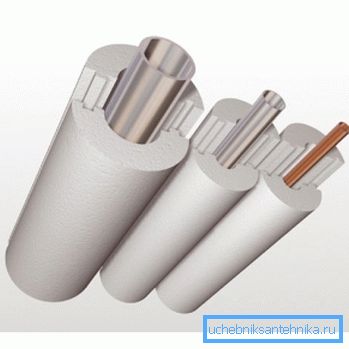
The system of removal of waste water and sewage involves the transport of liquids, about 97% of which is water. Salts and organics do not have a significant effect on the processes of changing the aggregate states of the working environment, therefore, we can consider this environment as water.
We all know that when the temperature drops below 0 degrees Celsius, water changes its state of aggregation and crystallizes, and this process proceeds with the expansion of the substance. The forces that develop in the redistribution of molecular structures and the formation of lattices are so great that steel or another metal cannot cope with them.
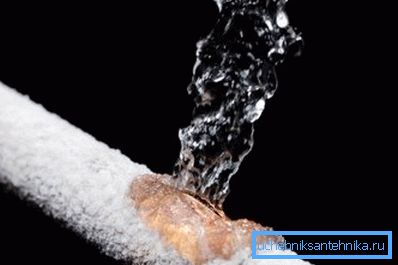
As a result - the rupture of pipes, connections, the formation of ice plugs and other serious and even irreversible accidents of the sewer system. This leads to the collapse of the water supply system, soil pollution, destruction of flora, air and other undesirable consequences.
The most well-known and time-tested method is to locate the pipeline below the level of soil freezing, where the sub-zero temperature does not occur.
However, there are a number of obstacles to this method:
- Quite a lot of regions where climatic conditions require too much sewage for normal and stable system operation;
- The depth of freezing is calculated on the basis of average values of temperature and soil structure, but at the peak moments an accident is still likely;
- In the structure of the sewer system there are many places of risk, such as pipe inlets and outlets, their outcrops due to some technical need, septic tanks, sewers, sewage treatment plants. Warming of the sewer well for the winter is an example of such a measure of struggle with non-standard sites.

Note! Since the repair and replacement of elements of sewer systems is difficult, and is associated with significant material and human costs, and also leads to humanitarian disasters, the installation of such structures should be carried out taking into account SNiP and GOST.
Insulators and methods

In addition to the above method of getting rid of the freezing of the working substance in sewer pipes, modern construction and engineering technologies also offer other methods and methods for insulating pipes below and above the ground.
Let's consider them:
- The use of thermal insulation materials. It can be glass wool, mineral wool, foam plastic, polystyrene foam and other foamed polymers. This method can significantly reduce heat leakage and make water freezing unlikely;
- The use of increased burial and sufficient water flow, which will not allow the liquid to freeze;
- Application of dusting with heat-saving materials - claydite, etc .;
- Use of heating with special electric heating elements and cables.
Most often in practice heat insulation coatings and systems are used. At the same time, modern industry is capable of producing parts, the installation of which is very simple and does not require highly skilled repairman.
It can be:
- special foam cylinders;
- polyethylene foam covers;
- rolls of mineral or glass wool.
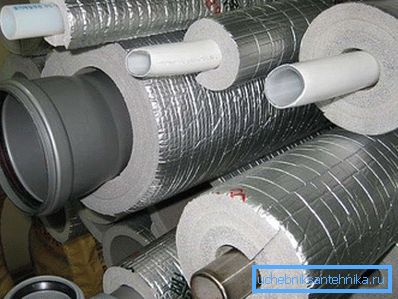
Note! The most reliable and durable insulation foam is considered, because it does not absorb lag, and is not afraid of an aggressive underground environment. The combustibility of the material, taking into account the features of its installation can not be considered as a problem.
Glass wool and mineral rolls require mandatory waterproofing, as after wetting they quickly lose their heat-saving qualities. The same applies to expanded clay, which absorbs moisture.
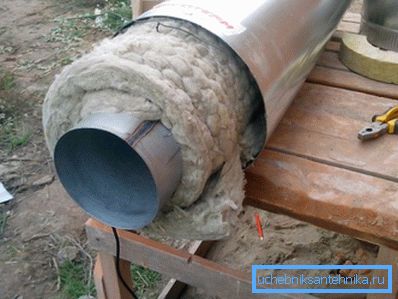
Electric heating is necessary in cases of permafrost or inability to go deep into the ground, in places of open pipe sections, etc.
Installation
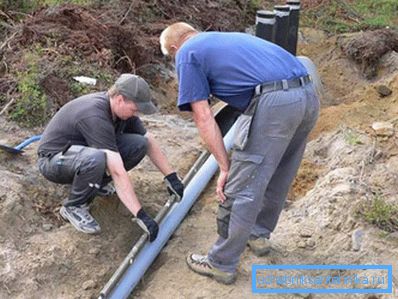
In order to make it clearer how the sewage pipes are being heated with their own hands, we have compiled a small step-by-step instruction:
- Determine the location of the sewer system, the place of entry of the pipe into the house and septic tank;
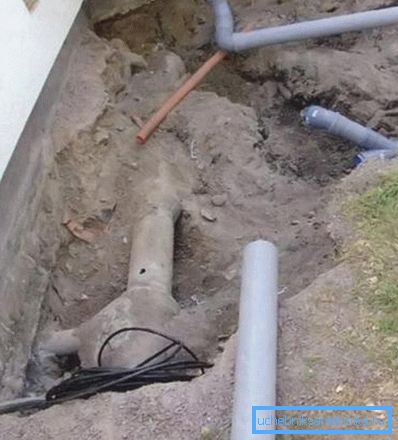
- Determine the diameter of the pipe, taking into account the load and family members;
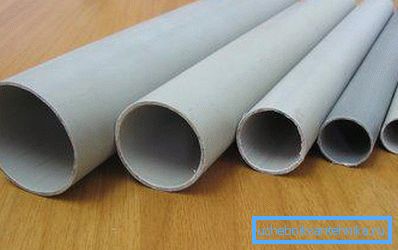
- According to the project, we dig a trench of 1.5 - 1.7 meters in depth, clean the soil, tamp it in and pour it into a sand-gravel mix 15 cm thick;
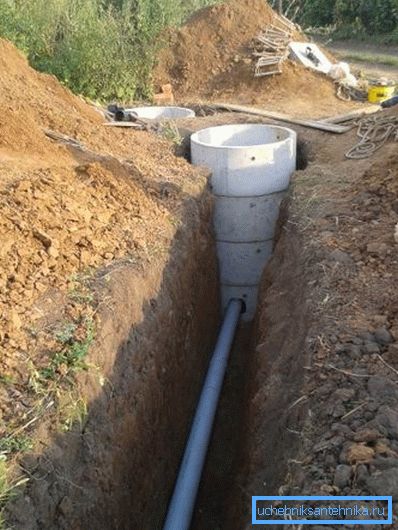
- We make installation and welding of pipes, installation of couplings and fittings, test the system for operation, and then put on them the prepared insulating sleeves according to the rules of their manufacturer;
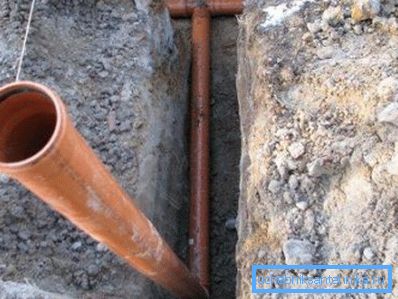
- Bury the trench and ram, it is better to use clay. If necessary, we produce waterproofing.

Conclusion
Insulated pipes for sewage - a guarantee of the absence of system breaks in winter, as well as additional protection for the material of the walls. The video in this article well demonstrates the process, where the process of warming sewage pipes with their own hands is clearly shown and reviewed by experts.